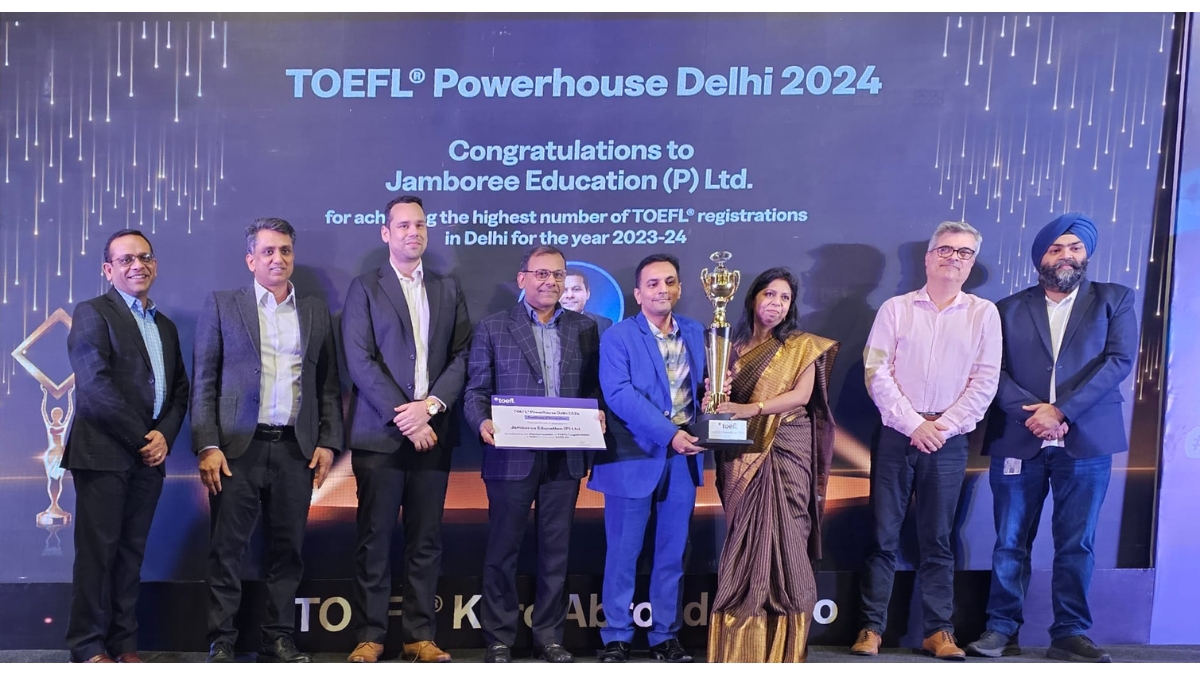Reliance invests USD 125 bn in capex in last 10 years

New Delhi, Reliance Industries Ltd invested over USD 125 billion in the last ten years as it undertook massive expansion in hydrocarbon and telecom businesses, a report said, estimating that the conglomerate’s investments in the next three years would be in relatively less capex-heavy retail and upstream new energy.
Reliance is coming out of a series of long and intensive capex cycles .
“The company has invested nearly USD 30 billion between FY13-18 to increase scale, integration and cost competitiveness of the O2C business, and close to USD 60 billion between FY13-24E in 4G/5G capabilities to create a high-growth telecom business,” Goldman Sachs said in a deep dive report on Reliance.
With the pan-India 5G rollout now likely completed and potential telecom tariff hikes ahead, it expected the telecom business to become a strong free-cash-flow generation business alongside current cash cow O2C .
“We believe the businesses RIL is investing more in the next 3 years are relatively less capex heavy, higher in returns and have a shorter gestation period,” it said.
A refining or petchem facility would usually take at least five years to start up versus about two years for an integrated poly-to-module solar facility and 6-12 months to ramp up a retail store.
“RIL has invested over USD 125 bn in capex in the last 10 years, mostly in hydrocarbon and telecom, which are more capex intensive and have a longer gestation period,” it said.
“While the capex cycle for hydrocarbons and telecom 4G completed during FY17-19, we saw an accelerated telecom capex cycle in 5G, which is now completing in FY24.”
The report expected capex intensity to peak at USD 17.6 billion in FY23 , easing sequentially to USD 11.2 billion by FY26E.
Stating that new business returns are likely higher and capex to EBITDA turn is faster, Goldman Sachs said. Besides being less capex intensive, RIL has frontloaded a large portion of the capex for the retail business.
Offline square foot area has more than doubled over FY21-24E through aggressive store expansions alongside investments in omni-channel capabilities.
New retail is now 19 per cent of the retail segment topline, with the omnichannel presence extending from grocery to fashion and lifestyle and electronics over the last two years.
“Overall, we estimate retail EBITDA to nearly double again between FY24-27 with the share of consolidated EBITDA increasing to 14.3 per cent in FY27 from 12.4 per cent in FY23, while capex intensity will decline sequentially,” it said.
It saw RIL’s capex in new energy taking place in two phases – first on upstream manufacturing, where it has planned USD 10 billion for completing fully integrated solar and battery manufacturing plants .
“Much larger capex outlay, in our view, will be linked to the planned second phase of deployment, where RIL may potentially set up solar downstream, electrolyser and wind capacities for new energy production,” it added.
This article was generated from an automated news agency feed without modifications to text.





